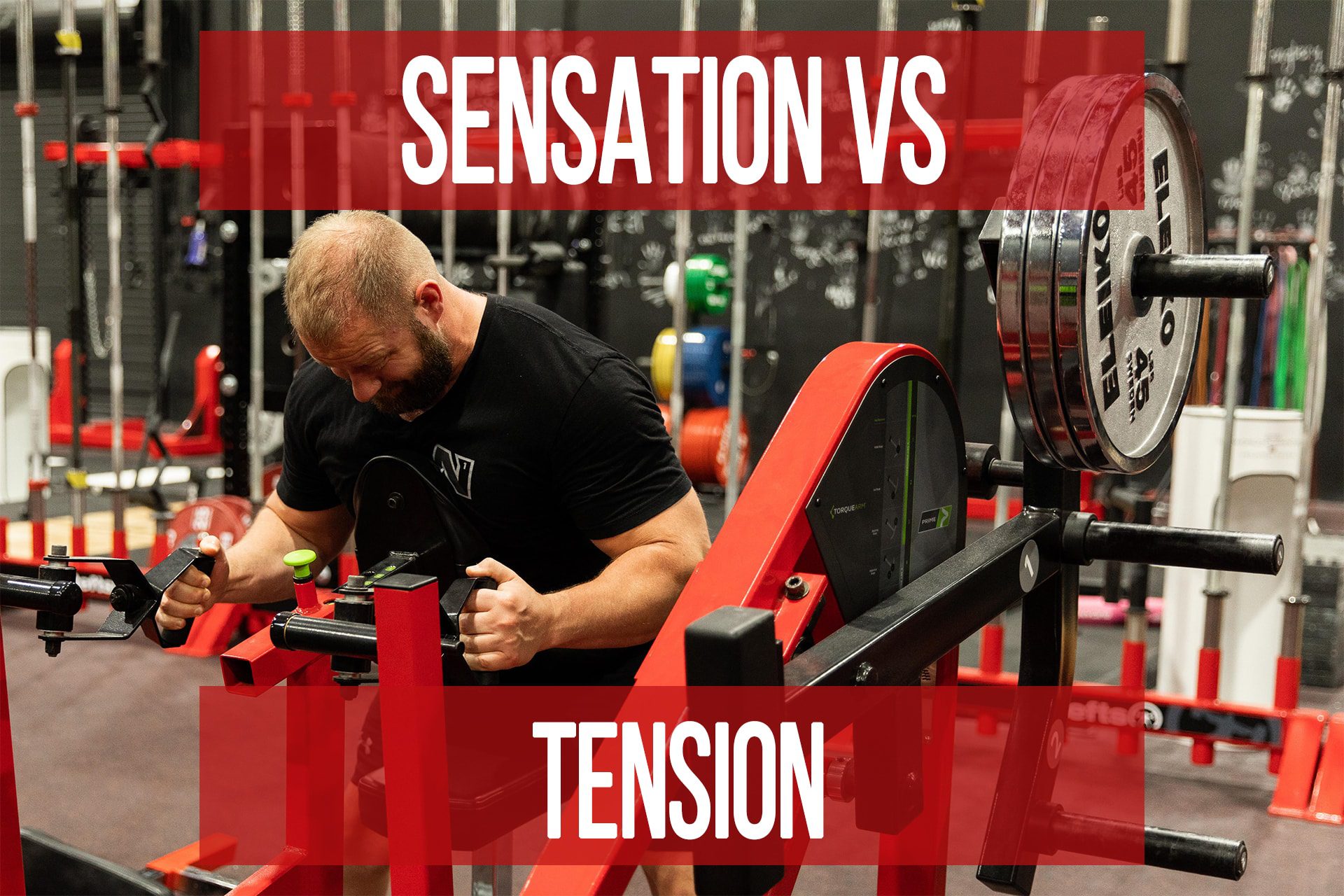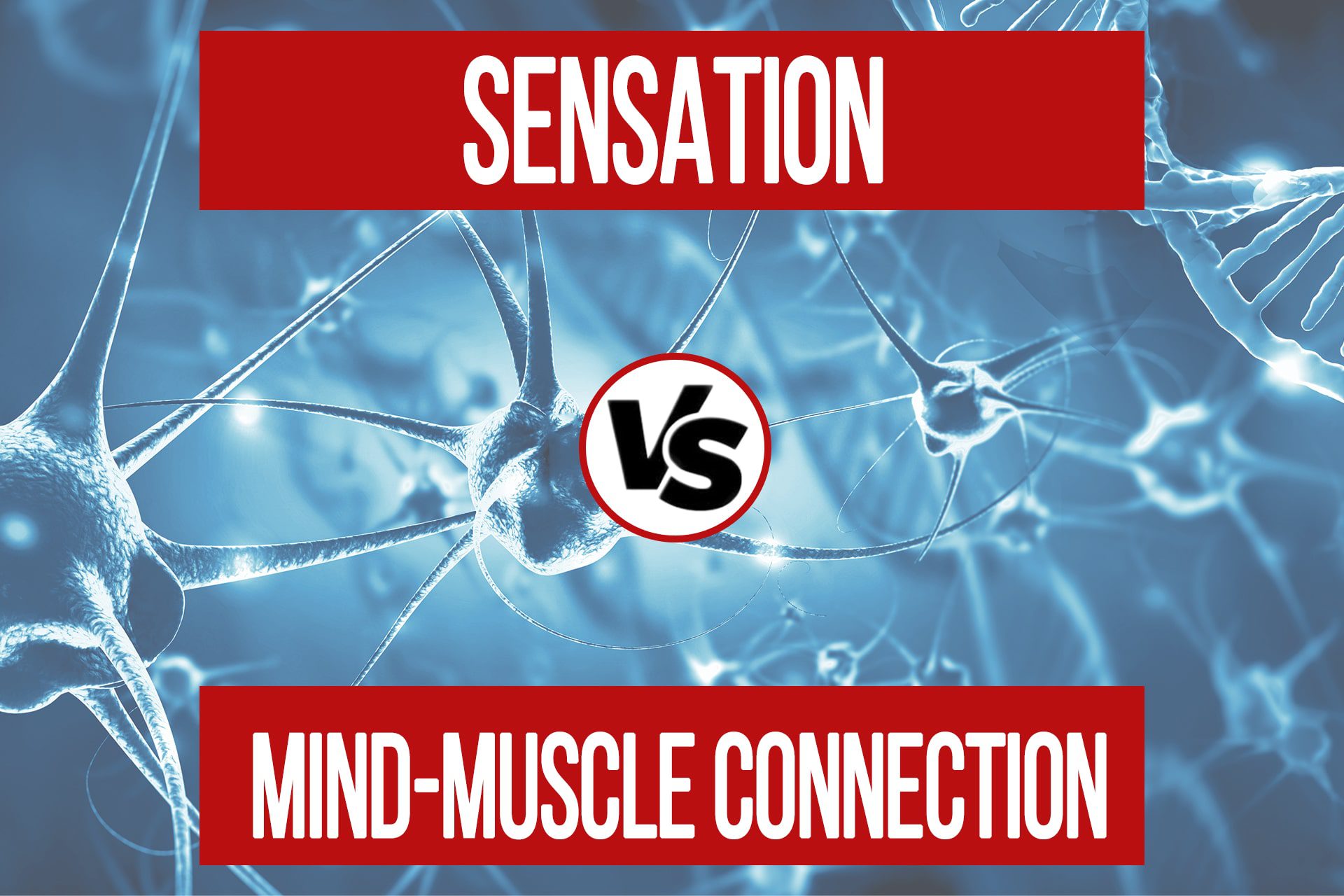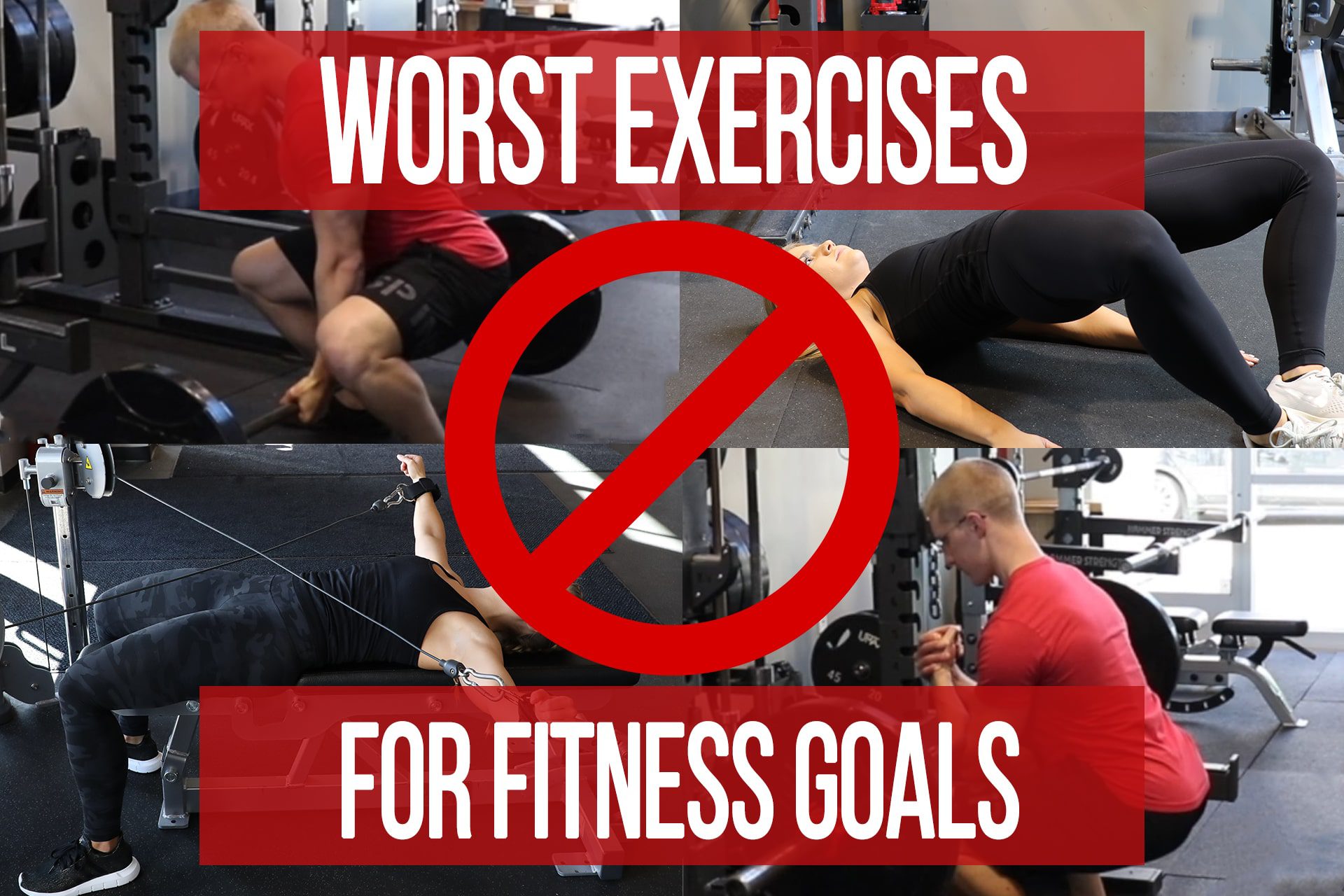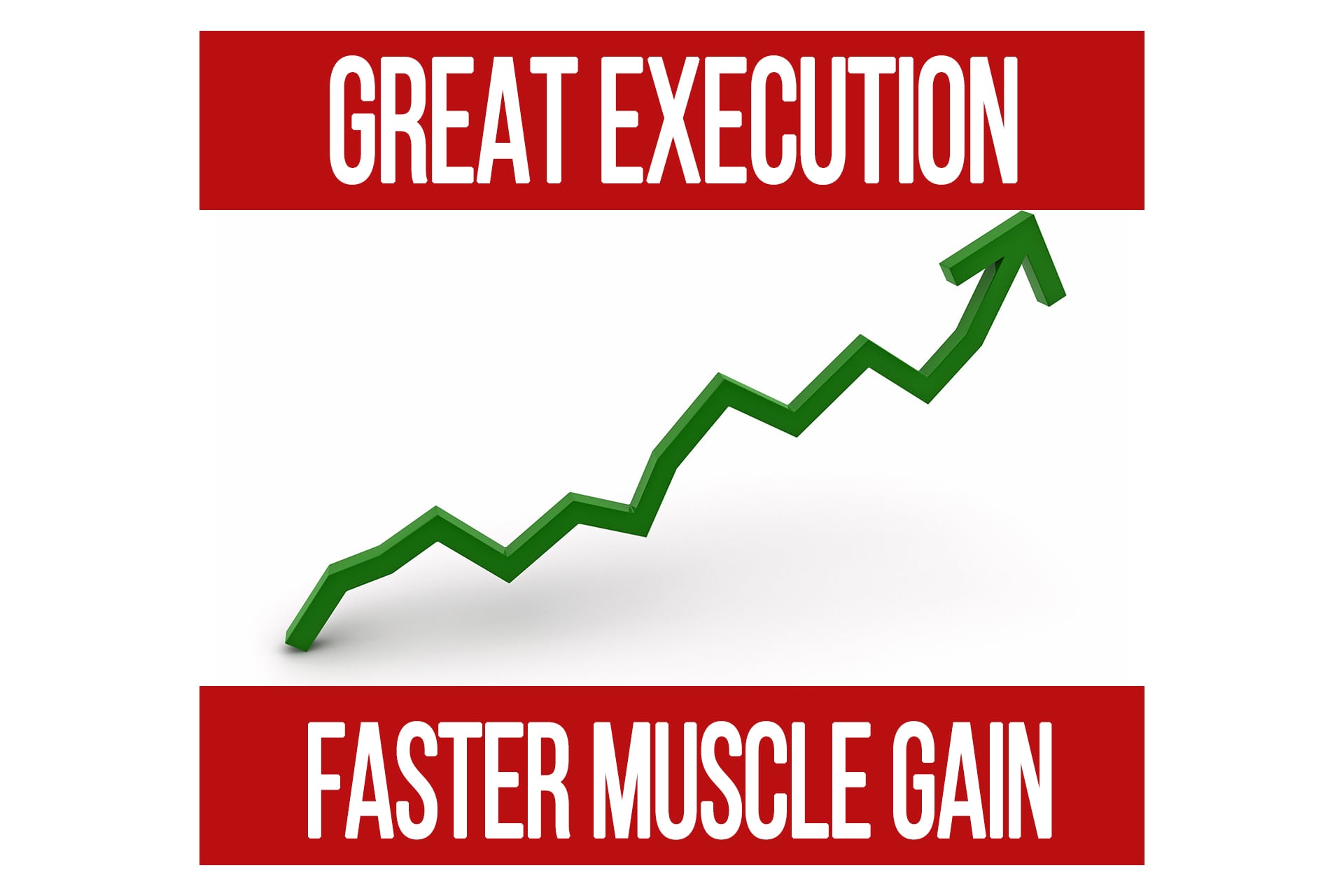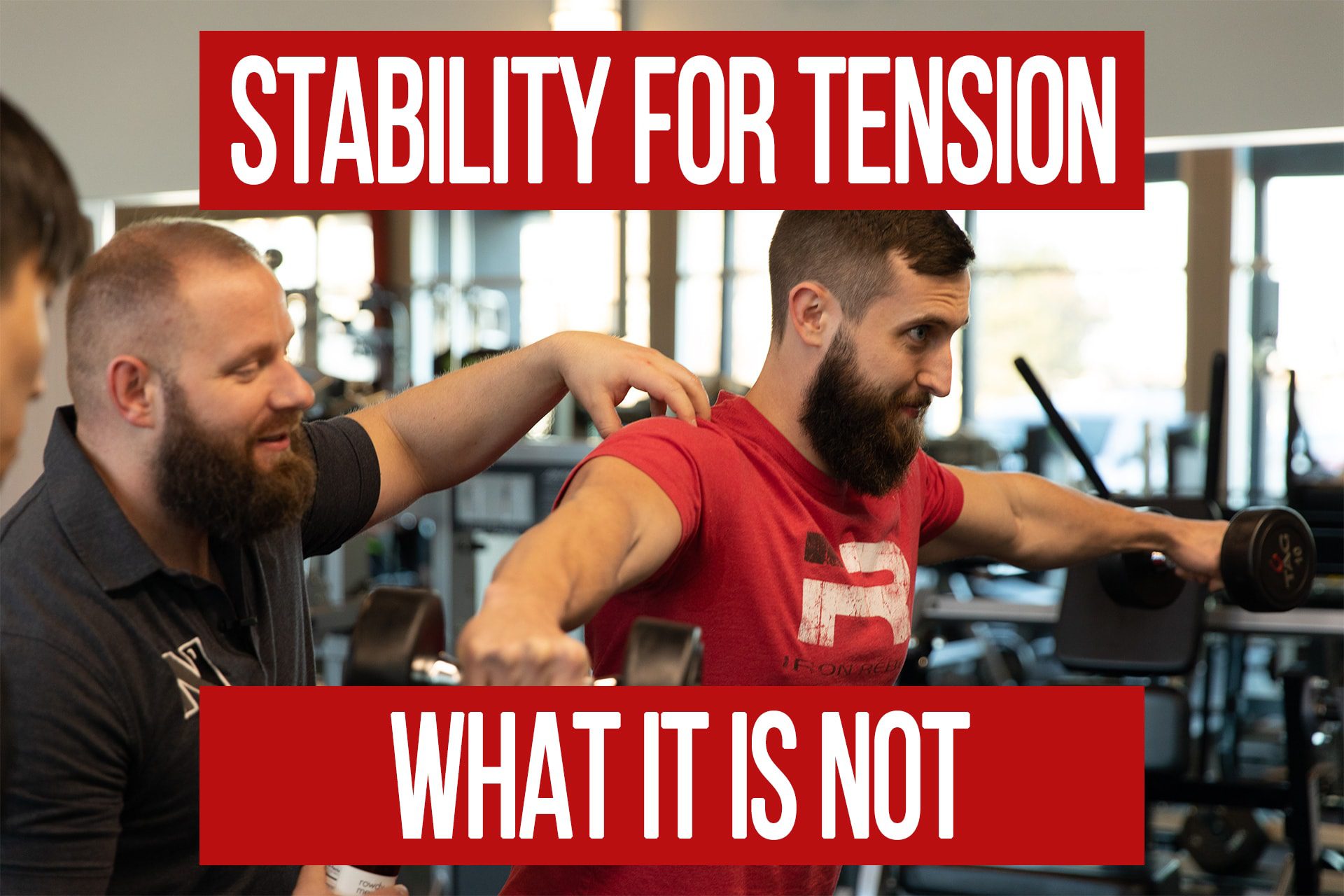Proper Execution & Load VS Intent
n1 training
Focusing on mind muscle connection, internal cues, or what is referred to often as intention based training has become very popular because it provides an instant feedback or sensation. But is this sensation misleading?
Here we explain what is happening when we add that internal intent, and then we measured the results using EMG, and NIRs (muscle hemoglobin volume/oxygen). The current research is full of contradictions largely because of poor study design, and data interpretation. I explain why we chose an exercise that overcomes them, and why the one study showing increased hypertrophy in biceps, but less in quads using intent is flawed in methodology.
A few key points that are valid in the existing research is that at around 80% 1RM, individuals no longer can increase amplitude via intent as the recruitment to overcome the loading is superior. Our argument is that when proper analysis was done and sets were taken to proper fatigue, this would apply to lower percentages of 1RM as well.
Now there are times and places where intention cuing may be beneficial, but our suggestions is to focus on good exercise selection, proper setup and execution as the priority. Intent may be something that is beneficial for learning execution of a new movement, or tweaking a less than ideal exercise, but we would suggest trying to get your training techniques and exercises selection so good, that you don’t need to rely on intent for good muscular feedback, and you will make much better progress with this approach. Additionally when it comes to trained population with experience using both methodologies, I’d argue you cant have a better test subject 😉
Have A Question For Us?
Please Log In to Submit Your Question
How Great Execution Makes It Easier to Gain Muscle
articleBody Composition Execution and Technique Foundation FREE Training
Popular Pages
Learn & Train With Us
Add N1 Training to your Homescreen!

Please log in to access the menu.
